The University of Chicago Press, Chicago 60637
The University of Chicago Press, Ltd., London
2019 by The University of Chicago
All rights reserved. No part of this book may be used or reproduced in any manner whatsoever without written permission, except in the case of brief quotations in critical articles and reviews. For more information, contact the University of Chicago Press, 1427 E. 60th St., Chicago, IL 60637.
Published 2019
Printed in the United States of America
28 27 26 25 24 23 22 21 20 19 1 2 3 4 5
ISBN -13: 978-0-226-61042-9 (cloth)
ISBN -13: 978-0-226-61056-6 (paper)
ISBN -13: 978-0-226-61073-3 (e-book)
DOI : https://doi.org/10.7208/chicago/9780226610733.001.0001
Library of Congress Cataloging-in-Publication Data
Names: Flora, Janne, author.
Title: Wandering spirits : loneliness and longing in Greenland / Janne Flora.
Description: Chicago ; London : The University of Chicago Press, 2019. | Includes bibliographical references and index.
Identifiers: LCCN 2018031841 | ISBN 9780226610429 (cloth : alk. paper) | ISBN 9780226610566 (pbk. : alk. paper) | ISBN 9780226610733 (e-book)
Subjects: LCSH : InuitGreenlandSocial conditions. | LonelinessGreenland. | LonelinessSocial aspectsGreenland. | Social isolationGreenland. | SuicideGreenland. | Interpersonal relationsGreenland. | KinshipGreenlandPsychological aspects. | InuitKinshipGreenlandPsychological aspects.
Classification: LCC E 99 . E7 f565 2019 | DDC 998 /.20049712dc23
LC record available at https://lccn.loc.gov/2018031841

This paper meets the requirements of ANSI / NISO Z 39.48-1992 (Permanence of Paper).
There is a long tradition in the Arctic literature of portraying the circumpolar region as remote and isolated from the rest of the world. This is part of a common romantic depiction of the Arctic as a region of majestic, pristine icescapes, harsh climates, and some of the most admired (and controversial) wildlife in the world: polar bears, walruses, seals, whales. Interspersed with all this, we like to imagine, live peaceful fur-clad communities in isolation from one another and yet each in perfect harmony with the others and the world around them. Although all this imagery may ring true in some isolated contexts, it is also the case that this depiction probably serves the people who write about the Arctic more than it does reality. Nearly a fifth of the way through the twenty-first century, it is plain to see that the Arctic is not a region that is isolated from the rest of the world, neither in terms of climate and ecology nor in terms of humans and culture. For centuries the Arctic has been part of global politics and key to the making and perception of European and North American nation-states. Of the many explorers and seafarers who have traveled to the Arctic, some made it their final destination. Others returned to the South, where they showed maps of the land and the sea routes they had conquered and told heroic tales of their battle against the most unforgiving nature in the world. The people who live in the Arctic have also migrated long and short distances to, from, and within the entire region for millennia, bringing their own cultural, material, and genetic histories with them. In this way they have made the Arctic their home. The climate in the Arctic tells a story too of human activity across the world: ice cores from the Greenland Ice Sheet that reveal a sudden rise in carbon emissions from the industrialized world around the time of the European industrial revolution and even contain a record of the historical volcanic eruption at Pompeii. Similarly, the levels of mercury pollution (also from the industrialized world) in marine mammals throughout the region have biologists and medical scientists concerned and questioning the extent to which local food resources are safe for human consumption. We should also note that the Arctic is a region rich in contrast; in terms of climate, wildlife, and human history there are vast differences throughout the Arctic and even within just a couple of hundred kilometers. Colonialism has made its own imprint on recent history as well, so that differences (and similarities) that may exist in terms of languages and ethnicities are complicated further by colonial histories.
As an anthropologist, I have been conditioned to see the Arctic as a place that is characterized by human activity rather than as one whole untouched and pristine realm. Even though the romantic gaze of the Southerner is indeed a powerful one, and also is sometimes preferable to less flattering depictions of the Arctic (of which there are several), it is also a dangerous one that freeze-frames the region and the people who live there.
After having lived for a time in Greenlands capital, Nuuk, as a teenager in the early 1990s, I returned to Greenland in 2003this time to the Qeqertarsuup Tunua (Disko Bay) area. This is a region of Greenland with a long human history and some of the oldest known archaeological remains in the country, dating back to 2400 BC. The bay is host to numerous glaciers whose convergence with seawater has created unique ecosystems that have attracted animal and human life for millennia. The largest town in the region, Ilulissat, takes its name from the colossal icebergs that float through the bay. The entire bay, which stretches longer than some two hundred kilometers from its southern to its northernmost point, is home to ten permanently inhabited towns and villages. Prior to the 1950s and 1960s, which in historical terms were characterized by colonial modernization and centralization policies, the number of human settlements was much higher. The people who live here, Kalaallit (Greenlanders) are perhaps better known by the name Inuit (or, in colonial times, Eskimo). They are descendants of the Thule-Culture Inuit who arrived in Greenland around AD 1000 from what today is known as Nunavut in Arctic Canada. They were seminomadic hunters who quickly settled the coastal areas throughout Greenland, including the Disko Bay. Around the same time, the Norse arrived from Iceland and settled in the southern parts of west Greenland and lived there until they met their fateful conclusion during the Little Ice Age.
People in Qeqertarsuup Tunua today live by the mixed economies of subsistence hunting, halibut fisheries, wage labor, tourism, and professional employment in the private and public sectors. I first arrived in the region to a small village that I have given the pseudonym Illorsuit, intending to carry out ethnographic fieldwork studying the problem of suicide. Along with its Arctic neighbors in Nunavut and Nunavik, Greenland has one of the highest youth suicide rates in the world. My concern was not to explore the whys and wherefores of this problem, which is clearly not only a statistical problem but also one that affects real people and real lives. Rather, I wanted to try to understand what kind of death suicide is in a world where people seem to have firm beliefs in reincarnation and where the demarcation between life and death therefore might not be as neatly drawn as we would expect. My approach was to not discount anything I found as trivial or unimportant. I wanted to explore the problem of suicide (not the act of suicide itself) by looking at everything else around it. While there, I had an internet messenger chat with one of my colleagues (telephones and dial-up internet connectivity had been installed in most west Greenlandic households at that point). Relaying to her where I had been that dayon the sea ice with a family setting nets under the ice to catch sealsshe replied by typing in a series of question marks on my messenger screen. The question marks were quickly followed by the question. Do you study hunting now? she teased. The misunderstanding was a contextual one. From her disciplinary perspective, we should narrow our focus of study; from mine, we should broaden it. My argument was, as it is now, that even though hunting and suicide might not necessarily be related in any way, hunting is nevertheless part of the world in which the suicide occursjust as suicide is part of the world in which hunting occurs. My research evolved into a focus on kinship and loneliness. Both were themes that seemed to come up all the time, and I took both to be extraordinarily important concepts in Greenland and beyond. Of those two, however, only one (kinship) has really grabbed the attention and imagination of anthropologists. Bar a few exceptions, the other (loneliness) has traditionally belonged to the philosophical realm. Part of my mission here is to avoid thinking of these concepts as polar opposites. I prefer to see them as part of the same process; not as two sides of the same coin but components of the same frame. Suicide has a place in this.



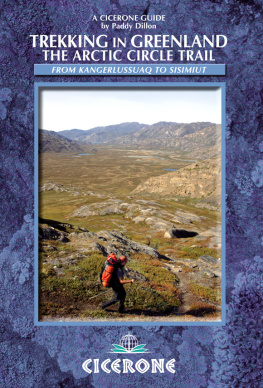
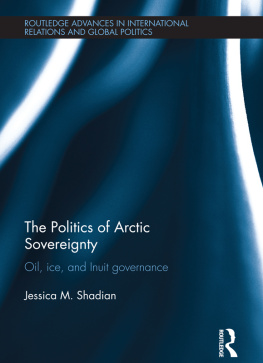
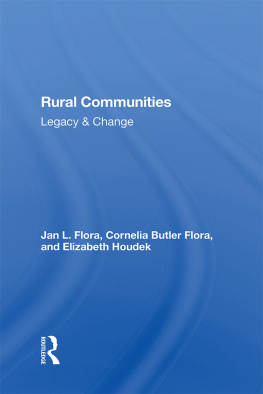
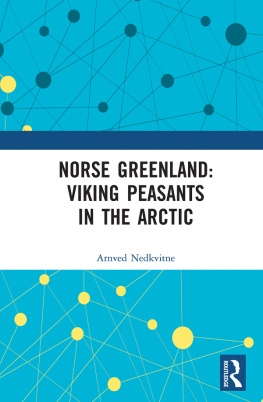
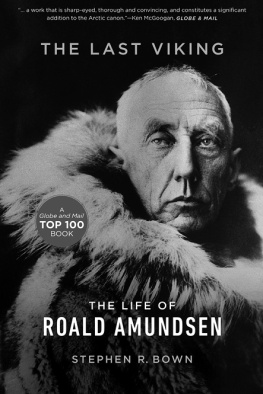
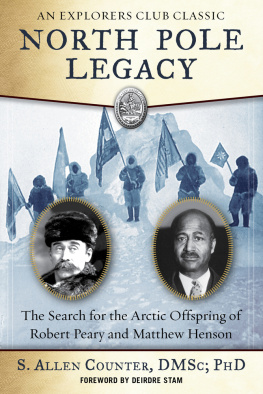
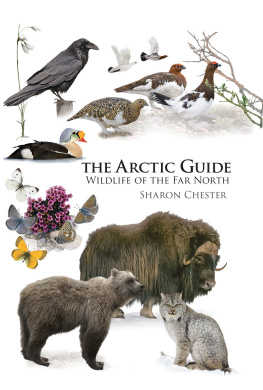

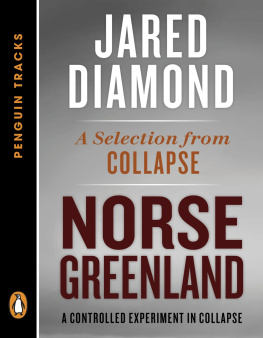

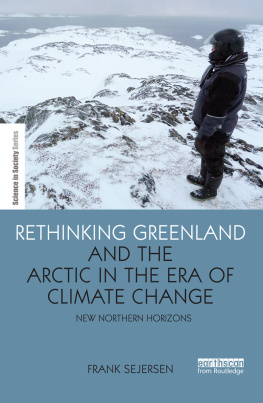

 This paper meets the requirements of ANSI / NISO Z 39.48-1992 (Permanence of Paper).
This paper meets the requirements of ANSI / NISO Z 39.48-1992 (Permanence of Paper).